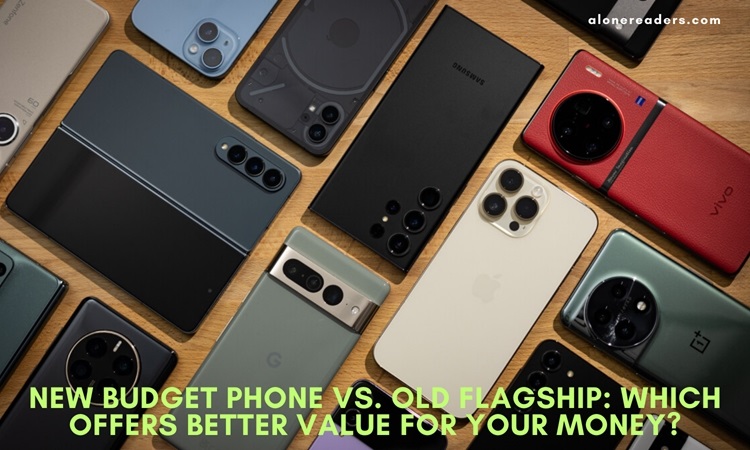New Budget Phone vs. Old Flagship: Which Offers Better Value for Your Money?
- Last updated: December 28, 2023

New Budget Phone vs. Old Flagship: Which Offers Better Value for Your Money?
In the ever-evolving world of smartphones, consumers are often caught in a dilemma: should they opt for a brand-new budget phone or an older flagship model? With rising prices and inflation concerns, it's a valid question. Here, we'll delve into various aspects to help you make an informed choice.
New Budget vs. Old Flagship: Design and Build Quality
The design and build quality are often the first noticeable differences. Older flagships typically boast premium materials like glass and metal, as seen in the Samsung Galaxy S23 family, whereas budget phones, like the Google Pixel 7a, might opt for plastic. However, plastic is not inherently inferior; it can better withstand falls and is lighter. But it may lack the luxurious feel and is prone to scratches.
When it comes to display glass, flagships usually feature the latest Gorilla Glass Victus, offering better durability, albeit prone to micro-scratches, compared to the older Gorilla Glass versions in budget phones. Both categories now offer similar water resistance, making this a less significant differentiator.
Winner: Old Flagship
Displays: Clarity and Quality
Display technology is a significant factor. High-end phones often feature QHD and LTPO displays with variable refresh rates, enhancing visual experience and battery efficiency. Mid-range phones, although smooth in animations, might not match this level of sophistication. However, the difference in everyday use might not be stark. Flagship devices generally offer higher brightness and better overall quality.
Winner: Old Flagship
Cameras and Image Processing
Flagships usually have the edge in camera quality. For instance, the Google Pixel 7 Pro's camera system is more advanced than that of the Pixel 7a. Despite impressive strides in mid-range phone cameras, older flagships still outperform in challenging conditions like night photography, thanks to better sensors and image processing.
Winner: Old Flagship
SoC, RAM, and Storage: Performance Factors
The gap in processing power between budget and flagship phones has narrowed. Many mid-range phones use the same processors as their higher-end counterparts, though they may fall short in graphics performance. Older flagships generally still offer robust performance, but it's essential to consider any known issues, such as overheating in certain models.
Winner: Tie
Android Updates and Security Patches
Software support is crucial for longevity. Samsung and Google are leading the way in providing extended update support for both flagships and mid-range models. However, flagships tend to receive updates more promptly.
Winner: Old Flagship
Battery Life and Charging Speeds
Budget phones often have the upper hand in battery life due to more power-efficient components. However, they may lag in charging speeds compared to flagships. While some budget phones still include a charger, faster wireless charging is typically reserved for flagship models.
Winner: New Budget Phone
Price and Value for Money
The final decision often comes down to price versus value. A new mid-range phone offers a contemporary experience without a hefty price tag. However, a year-old flagship can provide superior camera quality and overall performance, sometimes at a similar or slightly higher price.
Conclusion
Older flagships generally provide better value, especially if they're no more than a year old. They offer a premium experience in terms of build quality, display, camera performance, and timely updates. However, if budget constraints are a priority, a new budget phone can still be a viable and economical choice, especially for users with basic smartphone needs.
When choosing your next smartphone, also consider the environmental benefits of purchasing a secondhand device. It's not only cost-effective but also a greener choice.
Additional Considerations
Before making a decision, consider your specific needs. Are you a heavy gamer or content creator who might benefit more from the advanced features of an old flagship? Or are you a casual user for whom a new budget phone would suffice? Assessing your personal requirements will guide you towards the most suitable choice for your next smartphone investment.







